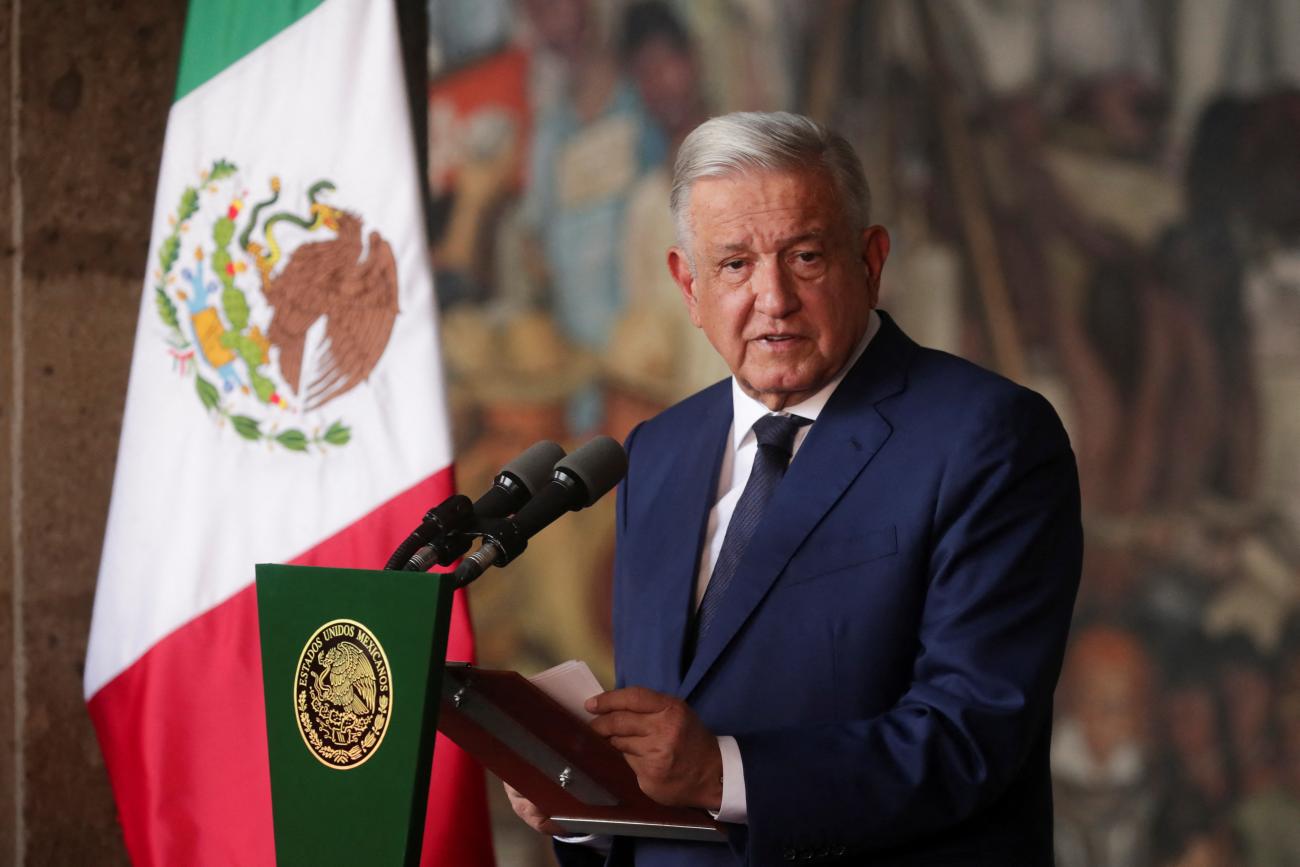This year (2023) marks the twentieth anniversary of Mexico’s flagship public insurance program Seguro Popular, which covers fifty million Mexicans who previously lacked access to conventional, employment-based social security, doubling the number previously covered. By publicly financing health care with innovative programs and building new hospitals and clinics, Mexico dramatically improved the health and economic well-being of the entire country. In the years since, Seguro Popular has become a widely studied model for evidence-driven health reforms across the globe.
In June 2020, however, the current Mexican administration abandoned its successful program, closing Seguro Popular and dismantling parts of the system without an adequate replacement designed or in place. Thus far, this reversal appears to have disrupted health care and increased health vulnerability for many Mexicans. This demonstrated the precariousness of reforms in polarized political environments, even those with a track record of success.
Mexico’s government worked with civil society institutions to enroll more than 53 million people in the first ten years
Seguro Popular originated in a 1983 amendment to Article 4 of the Mexican Constitution that read “every person has the right to health protection,” but which for two decades the government struggled to realize. The system behind Seguro Popular slowly took shape as evidence accumulated about the economic and medical hardship of the uninsured, who made up nearly half the country. After the program was enacted in 2003, Mexico’s federal and state governments worked with civil society institutions to enroll more than 53 million people in the first ten years of the program, achieving universal coverage in 2012. It was an important affirmation of the principle that social protections should be expanded to all Mexicans, not just those with formal employment.

In a recent paper in The Lancet, we summarized some of Seguro Popular’s achievements: the program reduced out-of-pocket spending and fewer medical bankruptcies, improved vaccine coverage and expanded treatment for many diseases, and produced massive improvements in well-being. Between 2000 and 2018, infant mortality in Mexico fell by half and maternal mortality by even more.
But these decades have witnessed tectonic shifts in health needs and technologies, and Seguro Popular needed intensive, ongoing reform as it aged. Mexico increased the program’s budget to match population growth through 2015, then ceased to do so, and many of the earlier gains of the program were not sustained through the most recent data in 2018.
Perhaps it opened the door for a new round of systemic, rigorously designed, and well-implemented reforms
At a time when segmented health systems served salaried employees in Mexico’s private and public sectors, Seguro Popular created an additional system to cover self-employed workers and their families who were left out of these systems, as well as those who are unemployed or out of the labor force. But it did not find ways to achieve one of the original goals of the framers of the reforms, to coordinate and integrate across these systems.
Then in 2019 the new administration—which had campaigned against Seguro Popular by characterizing it as inadequate, corrupt, and driven by private interests—promised health-care benefits without limits and began dismantling the program without a replacement in hand.
The percentage of the population covered declined sharply between 2018 and 2020, by 16.8 percent. Patients are waiting longer to see doctors, paying more out of pocket, and encountering shortage of medicines. Funding for certain types of specialized care—such as childhood cancers—has fallen. Improvements in key indicators such as maternal mortality have reversed. During the COVID-19 pandemic, the country had among the highest levels of excess mortality of any country.

In crisis is opportunity. The pandemic brought into sharp relief how individual and population health and health systems are interrelated with all other areas of society, from education to the economy. Perhaps it opened the door for a new round of systemic, rigorously designed, and well-implemented reforms.
Several key steps need to be taken to improve the Mexican health system. First, Mexico must undertake financial reforms to raise its health system expenditures. The country spent 5.4 percent of GDP in 2019, relative to the Latin American and Caribbean average of 7.4 percent.

Second, the country needs to consolidate its segmented systems of health-care financing and delivery with instruments that help coordination across the systems, such as universal health coverage and common reimbursement processes for providers across all public insurance schemes.
Third, the arc of Seguro Popular demonstrates the need to institutionalize reforms as a way to increase their resiliency. Health systems should be built and managed in ways that are structurally permeable and adaptable to harness innovations needed to meet emerging health challenges. They need to incorporate new evidence and technologies to promote equity, and to be anchored in ways that allow them to withstand systemic shocks.
Governments face real capacity constraints and the most important and challenging aspect of health system reforms is to set priorities rather than promising everything to everyone, and to undertake the reforms strategically rather than trying to do them all at once. The real work lies in designing and implementing viable systems to achieve transparent objectives, while putting in place the mechanisms for continuous improvement. These goals cannot be achieved by decree and must involve all stakeholders and actors across the system.
Mexico is a study in contrasts: once a model for how to do health system reform, now a model of what not to do. This case thus offers both positive and negative lessons for reformers elsewhere. The rise, plateau, and elimination of Seguro Popular is a story about how the reform of large, important systems unfolds over time, as well as their vulnerability to political setbacks and reversals made worse during a time of crisis such as a pandemic.

56e8.jpg)




%20(1)6c33.jpg)





